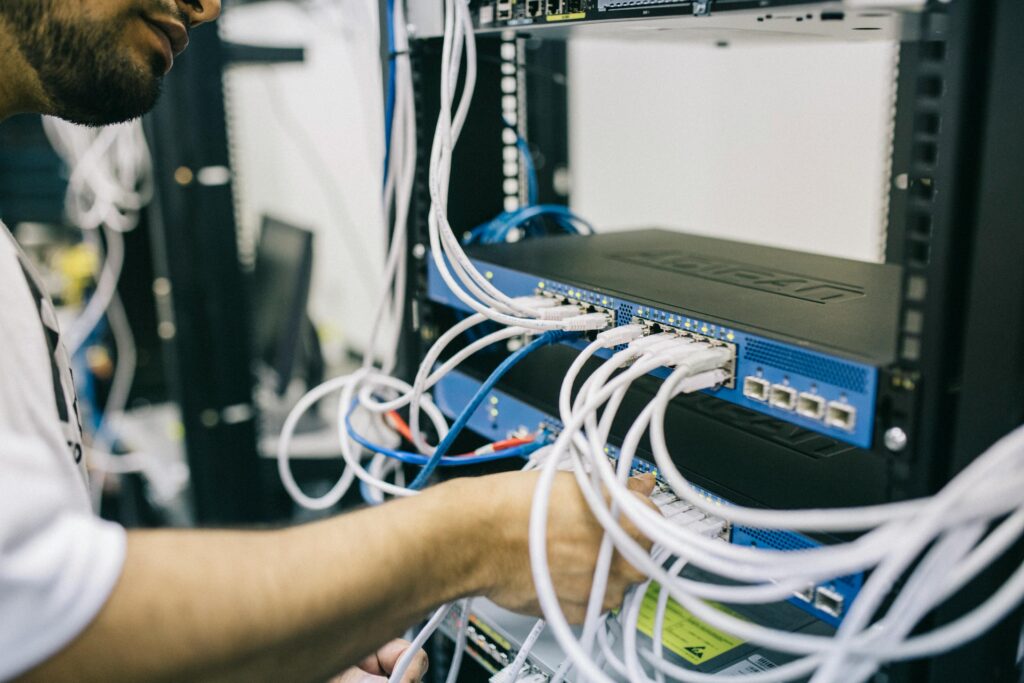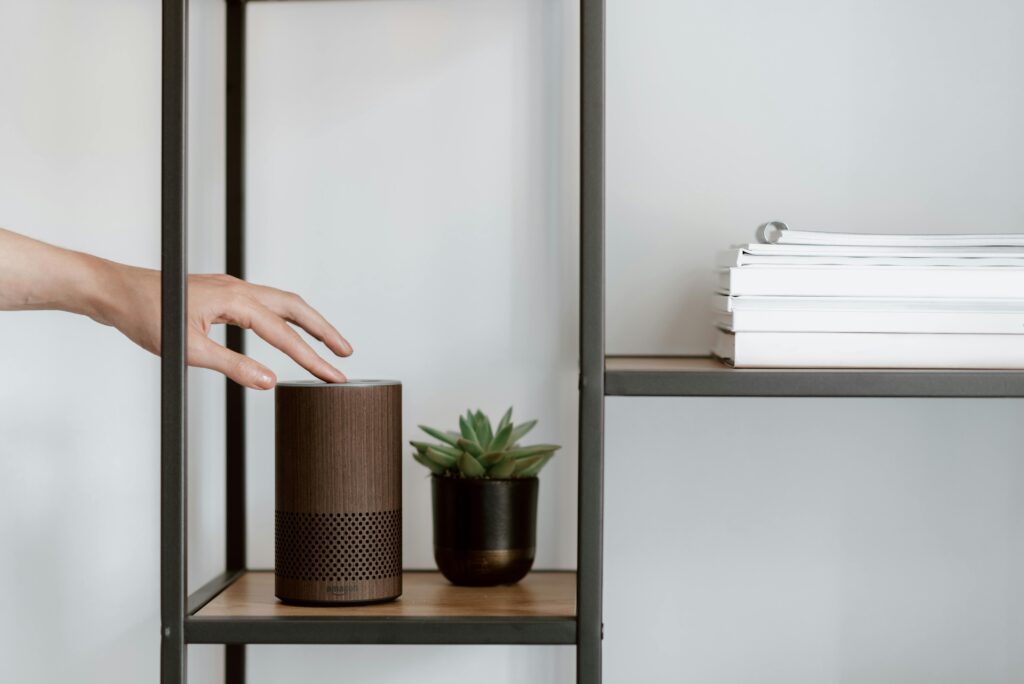Smart home systems are revolutionizing entertainment and convenience. They also contain loads of personal information that make them popular targets for cybercriminals. However, those who understand smart home security threats and the risks associated with them can plan accordingly. Then, these individuals can ensure their smart home devices are properly protected.
5 Smart Home Security Threats You Need to Know About
Research indicates a smart home equipped with multiple internet-connected devices could be exposed to more than 12,000 hacking or unknown scanning attacks weekly. Meanwhile, the global smart home market is growing. As more people purchase smart devices for their houses, expect the number of smart home cyberattacks to increase.
You cannot stop smart home cyberattacks, but you can learn about common smart home security threats and how to stop them. That way, you’ll be well-equipped to keep your smart home system secure.
Now, let’s look at five common smart home security threats and how to counter them.
1. Identity Theft
Cybercriminals can attack a smart device company. If successful, hackers can gain access to personal information from all of the company’s smart device users. From here, they can use this information to steal your identity.
When you set up a smart device, share minimal personal information. If the company that supplies the device is breached, you can limit the risk that hackers can access and use your personal information for malicious activities.
If a smart device company reports a data breach, follow the business’ instructions to respond to the incident. In many instances, a company will offer free credit monitoring services after a data breach.
2. Location Tracking
Smart home devices are designed to protect your personal information. Yet, there can be times when a smart device makes your home easily accessible. In these instances, cybercriminals can spy on you and track your location.
To guard against location tracking, set up a separate network for your smart home devices. This network can help you hide your home address from cybercriminals. You can use the network for all of your smart home devices, regardless of whether multiple family members use them or you live alone.
Additionally, watch for phishing attacks across your smart home devices. Cybercriminals have previously used phishing attacks to target Amazon Alexa and Google Home users. Keep an eye out for suspicious email messages relating to smart home devices. If you don’t know the sender or have concerns about an email’s safety, do not click on any links or download attachments within the message. Otherwise, you risk launching dangerous software that can penetrate your smart home devices and provide hackers with access to your home address and other personal information.
3. Home Intrusion
Smart home locks, surveillance cameras, and other security devices can help you live safely. Conversely, these security devices are susceptible to cyberattacks. If breached, hackers can deactivate these devices. Cybercriminals can then burglarize your home or let accomplices do it for them. They may be able to lock you out of your home, too.
It helps to install a security alarm and door braces in conjunction with smart security devices. This ensures you can consistently guard against home intrusions, even if your smart security devices are breached.
4. Unpatched or Outdated Software
Software for smart home devices must be updated frequently. Failure to update this software can create security gaps that cybercriminals can use to penetrate smart devices.
Install the most up-to-date smart home device security patches. You can set up automatic security updates for most smart home devices. You can also sign up for email or text alerts from smart home device companies, so you can receive ongoing notifications about software updates.
5. Third-Party App Security Vulnerabilities
You can use third-party apps to control your smart home devices from your smartphone or tablet. You must give your authorization to use a smart home app on your mobile device. And if your smartphone or tablet falls into the wrong hands, anyone may be able to use it to control your smart home devices.
Use only authorized smart home device apps. Furthermore, with each smart home device app, set up separate permissions to perform different functions.
Additional Smart Home Security Factors to Consider
If you are considering smart home devices or already use them, prioritize security. In doing so, you can find the best ways to protect against current and emerging smart home security threats.
Typically, it helps to build and maintain a smart home security strategy. As you craft this plan, consider where you live and the security risks you face.
Of course, you need to evaluate how you’ll use your smart home devices. For instance, you may purchase smart home devices to protect your home during the summer storm season. On the other hand, you may buy smart home devices to help you maintain your landscaping. But with every smart home device you purchase, you need to secure it.
Finally, watch the smart home device market. Artificial intelligence and other new technologies are enhancing smart home security. Learn about these technologies, and you may be able to use them to secure your smart home like never before.
Security remains an integral part of smart home devices. Take security seriously, and you can reap the full benefits of your smart home system.




Comments are closed.